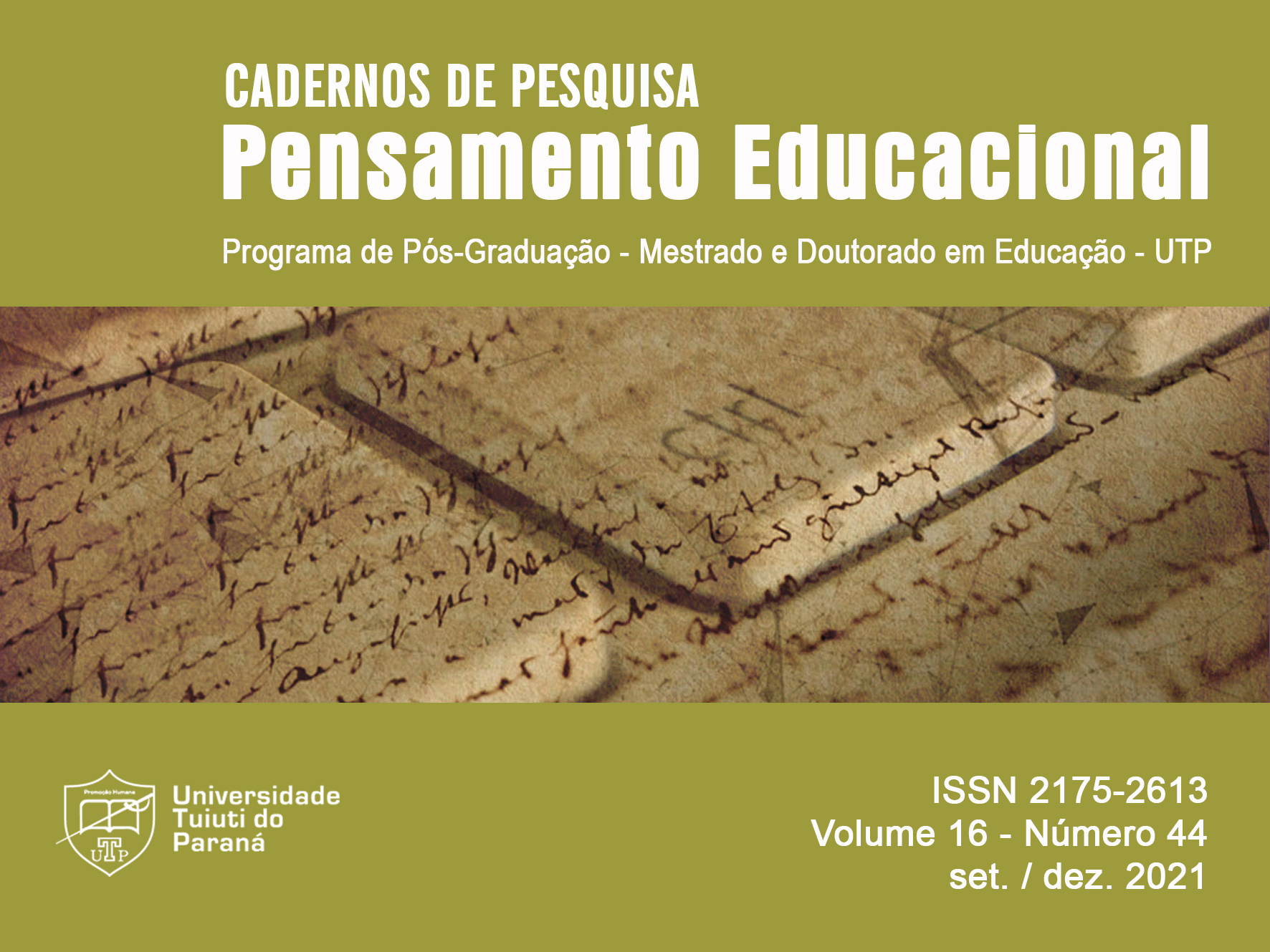O Bom professor universitário de Ciências Biológicas sob a ótica de seus alunos: um apoio quantitativo
Resumo
No Brasil, professores de alta qualidade são comumente denominados bons professores e sua composição é marcada pelo contexto sócio-histórico-cultural, portanto, modifica-se. O objetivo deste trabalho é identificar as características de um bom professor universitário para sessenta alunos de Licenciatura em Ciências Biológicas. Trata-se de uma pesquisa quantitativa a partir da aplicação de um questionário em escala Likert. Para análise utilizou-se o cálculo do Ranking Médio. Os resultados indicaram alto grau de concordância com: saber transmitir o conteúdo (4,9); dominar o conteúdo (4,7); contextualizar as aulas (4,7); aprender com seus alunos (4,6); desenvolver autonomia (4,6); relacionar-se bem com seus alunos (4,5); incentivar a pesquisa (4,5) e ser exemplo (4,3). Não concordaram e nem discordaram quanto a abrir exceções (3) e discordaram sobre reprovar muitos alunos (1,7) e não reprovar os alunos (1,5). O pensamento do complexo de Edgar Morin serviu de base para compreensão dos resultados. Considerou-se importante repensar a formação dos formadores de professores de tal modo que se possibilite uma reforma no modo do pensamento e da universidade dirigindo-se a caminho do pensar no contexto e no complexo aproximando-se assim do modelo do bom professor exposto pelos estudantes.
Copyright (c) 2021 Leandro Barreto Dutra, Elizabeth Antonia Leonel de Moraes Martines

This work is licensed under a Creative Commons Attribution-NonCommercial 4.0 International License.
- Autores mantém os direitos autorais e concedem à revista o direito de primeira publicação, com o trabalho simultaneamente licenciado sob a Licença Creative Commons* que permite o compartilhamento do trabalho com reconhecimento da autoria e publicação inicial nesta revista.
- Autores têm autorização para assumir contratos adicionais separadamente, para distribuição não-exclusiva da versão do trabalho publicada nesta revista (ex.: publicar em repositório institucional ou como capítulo de livro), com reconhecimento de autoria e publicação inicial nesta revista.
- Autores têm permissão e são estimulados a publicar e distribuir seu trabalho online (ex.: em repositórios institucionais ou na sua página pessoal) a qualquer ponto antes ou durante o processo editorial, já que isso pode gerar alterações produtivas, bem como aumentar o impacto e a citação do trabalho publicado (Veja O Efeito do Acesso Livre).
- Esta revista proporciona acesso público a todo o seu conteúdo, uma vez que isso permite uma maior visibilidade e alcance dos artigos e resenhas publicados. Para maiores informações sobre esta abordagem, visite Public Knowledge Project.

*Esta obra está licenciado com uma Licença Creative Commons Atribuição-NãoComercial 4.0 Internacional.


